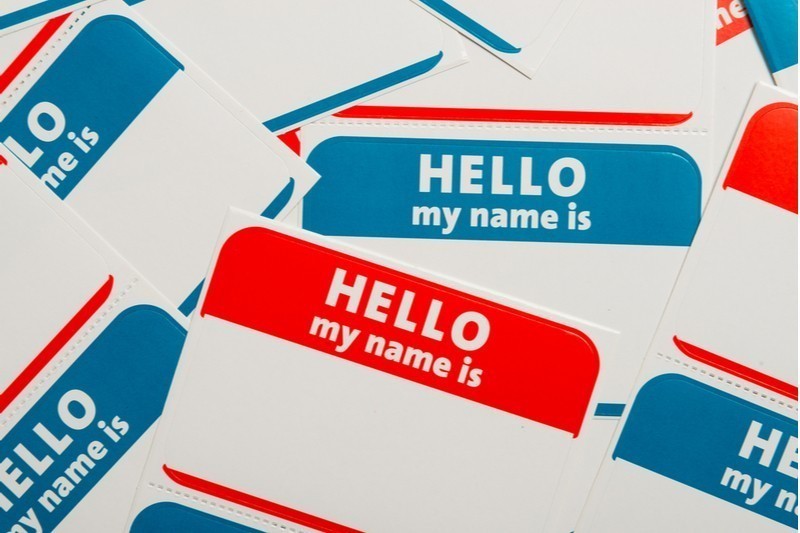Bernie. Mike. Tom. Cory. Amy. Marianne. Tulsi. Beto. Julián. Pete.
While it may sound like roll-call in a Kindergarten classroom, the above first names have all been used on official presidential campaign materials. But there’s nothing new about the practice. Lincoln built his image in the 1850’s as Honest Abe and Eisenhower campaigners in the 1950’s said, “I Like Ike.” First names have graced bumper stickers and campaign buttons over the course of the presidential election cycles for generations. Why?
Please, just call me Mike
A major reason politicians like to go by their first names is to create a sense of familiarity or casualness. Candidates like Senator Bernie Sanders, former Mayor Michael Bloomberg or billionaire Tom Steyer want to create an image that they’re just regular guys, folks just like us – approachable, down-to-earth and likely to represent our interests. Side note: That all changes once elected. Then they want to referred to by their title.
Can you pronounce that for me?
Pete Buttigieg has used the nickname Mayor Pete since ascending to City Hall in South Bend, Indiana. While the nickname gives a hometown, folksy vibe, Mayor Pete may have a more obvious reason for eschewing his last name: It’s nearly impossible to pronounce.
While the Democrat’s campaign has made use of posters and stickers that feature the words “Boot-Edge-Edge,” a phonetic pronunciation of the candidate’s surname, Mayor Pete is infinitely easier to remember and pronounce. Note: The odd name may be difficult at the beginning, but over the long hall it can be a distinguishing factor, something that separates him in the voter’s mind. It can turn into a positive.
Make it unique
Some candidates might have a first name that is less common than their last name, and make an attempt to stand out by using the more unique of the two. (Think Julián Castro or Marianne Williamson).
But unique monikers or even nicknames are old traditions in public life. Think of the bold presidents of the twentieth century, like FDR, JFK, or LBJ. Their initials have become synonymous with their political identities, even all these years later.
In some countries, political nicknames are just as common as given names. Former Brazilian president Luiz Inacio da Silva is known nationally as “Lula,” and many refer to Israeli Prime Minister Benjamin Netanyahu simply as “Bibi.”
No, that’s my husband’s name
Hillary Clinton used her first name as early as her 2000 senate campaign, for rather obvious reasons. Clinton as a mononym was already being used by her husband, President Bill Clinton. As her political career took off, she needed to create a public identity separate from his.
Confusion is another reason candidates with common last names might choose to go by their first. Senator Rand Paul ran for president under the name Rand in 2016, only four years after his father Ron Paul made a bid for the White House. Attempting to dispel any possible mix-up, Rand Paul used only his first name in his election logo. In the case of Jeb Bush, both his brother and his father had used the family name to successfully run for office. Perhaps the former Florida governor recognized the need for some change.
What’s in a name?
At the end of the day, a candidate’s name may only get them so far at the polls—but don’t overlook the importance of a strong label. Marketing is an essential part of a winning campaign and that includes how a politician looks, what graphics they use on banners and what name they use on the campaign trail. Voters are attracted to candidates who nail their public image and that starts with what they call themselves.




